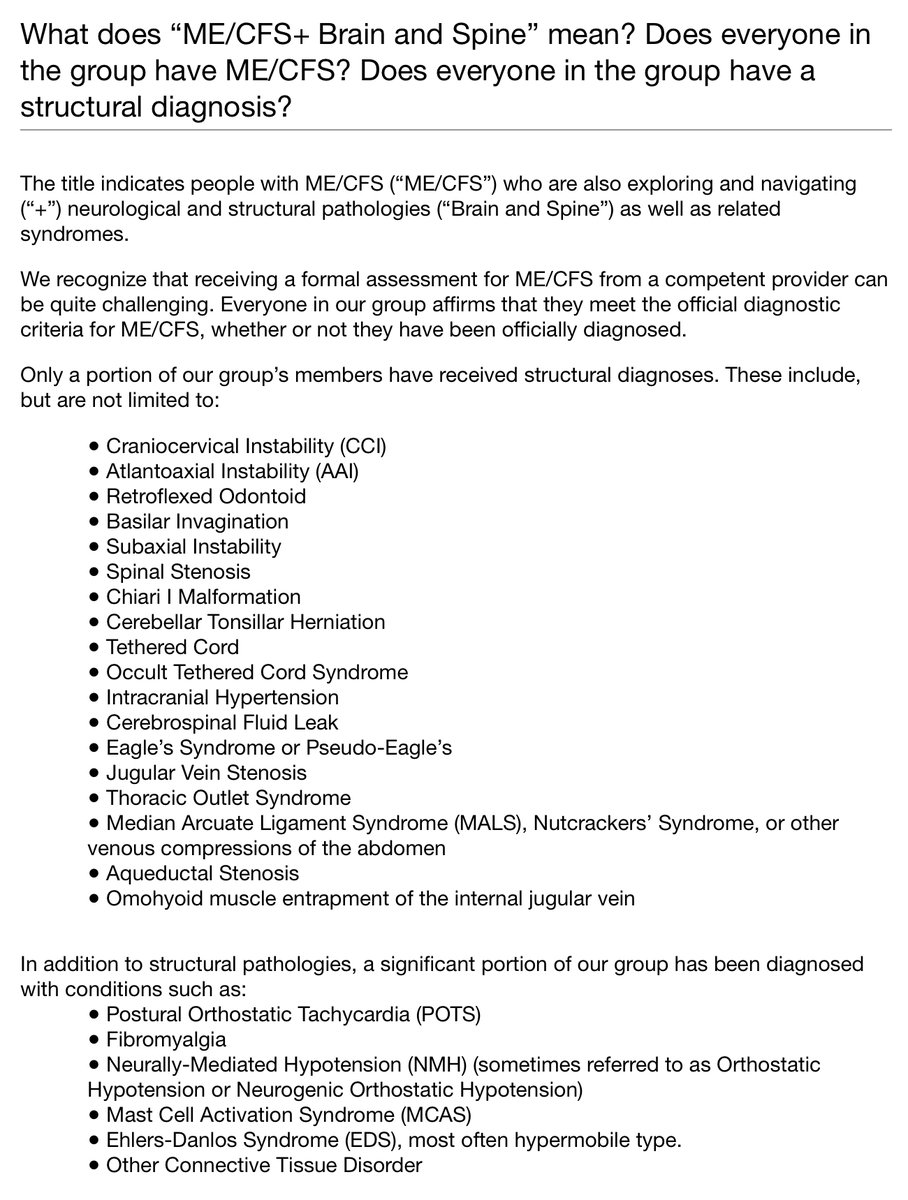
You could replace “Long COVID” with “all illnesses that are a) chronic and b) not a top 10 or 20 most common illness. Doctors deny illnesses *every day*, including illnesses that are in textbooks and have ICD codes.
https://twitter.com/DaveLeeERMD/status/1407278972094799876
If there’s not a clear, paint-by-numbers Up-to-Date algorithm or NHS guideline (which there aren‘t for MANY conditions, for MANY reasons), or if those guidelines are at odds with science, you are very much out of luck.
And it’s not just “contested illnesses.” 25-30 million Americans have a rare disease, and many of them either have no healthcare or find navigating the healthcare system extremely dangerous.
Concrete example: imagine going to the ER because you have a rare mitochondrial disease and require life-saving intervention within hours to avoid permanent organ damage or death. Imagine you have a letter from your doctor, the world’s leading expert in your rare disease.
Imagine that ER doctor refuses to administer your treatment or run the blood test required to show impending organ damage because he has “never heard of” your disease and so “doesn’t believe in it.”
Even though the expert who wrote the letter in hand describing exactly what tests to run and treatment to administer is a professor at the SAME top 10 medical school and teaching hospital as the ER you are now in.
This insanity👆🏼happens every single day and is exactly the same insanity described in this tweet 👇🏼. It will not end until patients understand this is much bigger than their diagnoses and MDs, that the problem is endemic and very much theirs to fix.
https://twitter.com/DaveLeeERMD/status/1407278972094799876
• • •
Missing some Tweet in this thread? You can try to
force a refresh





